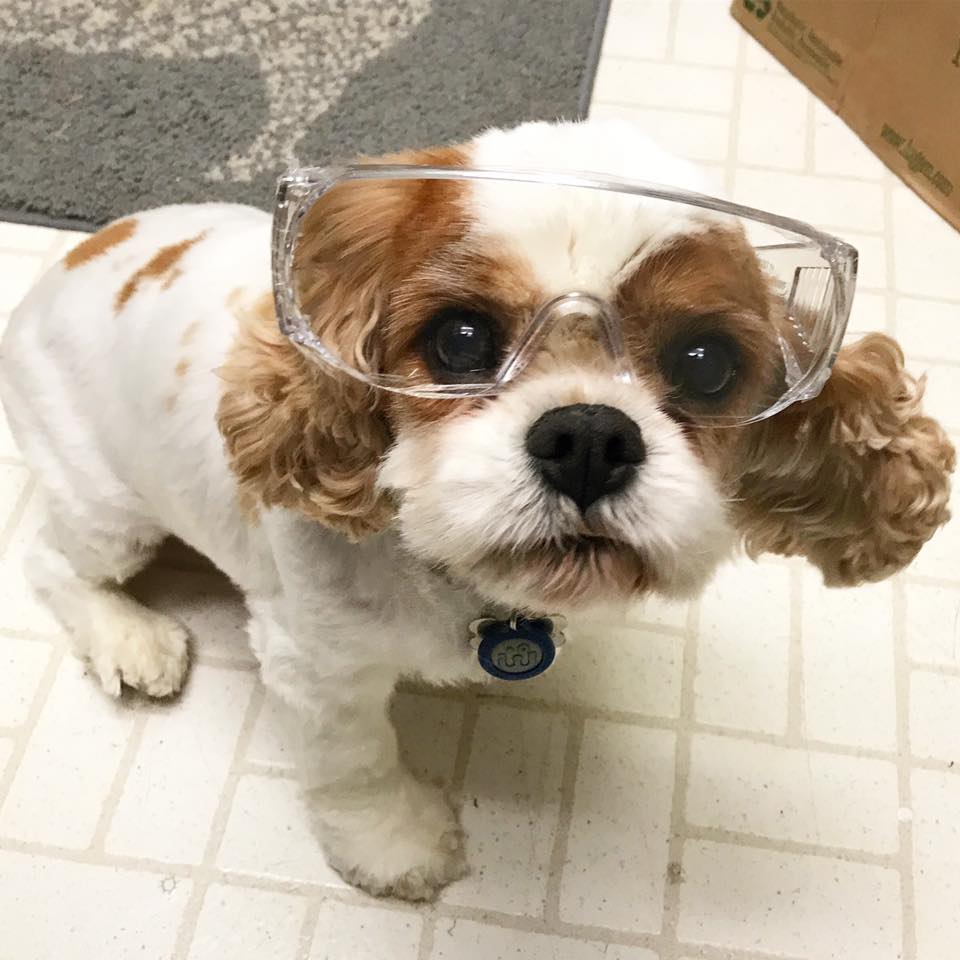Creating End of Life Plan for Your Pets not only benefits you at decision time but also helps minimize suffering of your companion animal.

(Permission to use this photo from our talented pet photographer Julie Austin)
I get asked several times a week about when to know to set your pet free over the rainbow bridge?
So today I’m going to talk about End of Life Plans For Your Pets.
Sounds dreadful because it is.
You don’t want to have to think about your beloved fur companions demise.
But to me it’s vital.
Each one of my dogs have an end of life plan and each one is completely different because each animal is completely different.
No one knows your pet like you.

Example:
The day before New Years Eve this last year our dog Daisy got what they thought was pancreatitis.
It’s very common in the breed but she has an iron stomach usually.
She is also a VERY, VERY needy dog.
She NEEDS her people and her fur-buddies.
Often when a dog has pancreatitis they want to hospitalize them for days to give them fluid and stop vomiting etc.
But we were at our regular vet office (though not seeing our regular vet due to holiday) and so they would be closing that day (a Saturday) and not opening up until Tuesday morning.
So from Saturday until Tuesday I would not have been able to see her and she would not have been able to see me.
I knew that with her that would do more harm than good.
I informed the vet that I would be back before closing and that if she was still stable I was taking her home.
She looked shocked at me but I pushed for it.
I live about 5 minutes from a 24 hour veterinary hospital and I knew if things went south I could get her somewhere quick.
And that place was somewhere that I could go and see her during the three days.
Daisy went home.
She never got sick again (she was only sick the one time).
Daisy snuggled with her buddies and her mama.
She drank and ate right away.
She had one more bout of soft stool (she was on something to firm it up) and that was that.
Daisy going home was what she personally needed.
When we start with an end of life plan for our dogs my husband and I discuss what does that particular pet love to do?
What brings that dog joy?
It’s how we make their bucket list as well.
Again, each pet will be different.
Some of our dogs love walks and spending time outdoors with people.
While others would prefer just to sit on the couch and snuggle.
It’s important to do the plan ahead of time when you are not in the middle of a crisis when you could be making a decision not based on what is best for the pet but what your emotions are dictating.
While your emotions still may take over you still are better off planning ahead.

Mickey’s neurologist seemed a little shocked that when after suggesting that he have lymphoma (which I also suspected) that we already knew what route we wanted to take with him.
We knew that because that had been decided well ahead of time.
It’s why having End of Life Plan for Your Pets is so helpful.
Because Mickey is in a more advanced stage of mitral valve disease they don’t even like putting them under for a dental and so going through chemo is not ideal.
He is also 12.
He also has a slew of other ailments.
Chemo is for otherwise healthy dogs, which he is not.
So we knew with him that alternative care and/or hospice is the best thing for him.
Not for us as his humans of course, we want him around forever but we know that is not possible, but what is best for him.
Amazingly, Mickey’s results came back not as cancer but as reactionary to an infection in his ear they believe and he went on to live another two years.
With some of our other dogs we would roll the dice and would have tried the chemo.
It just depends.

Our dog Crissy passed over the Rainbow Bridge on May 14th.
She had been to the cardiologist on May 3rd.
On that visit it was discovered that Crissy had a suspected small tear of her left atrium, a ruptured chordae tendinae of her mitral valve, and moderate-to-severe pulmonary hypertension.
Her heart had also grown significantly.
All in a two month period.
While she was doing good, having gone through congestive heart failure previously, we know things can change suddenly.
Which was the case with Crissy as well.
When we took her into the ER and they were very optimistic, as the fluid build up was mild.
They expected her to be home the next day.
But other forces were in play as well and 12 hours later I was calling my husband to come back from work.
That we were not going to let her continue to suffer since they were no longer optimistic that it was just fluid being the issue.
Because we had already talked about it ahead of time we knew what we would do and not do in a non-emotional way.
I mean you still cry because it is hard to think about your loved one passing.
Was I emotional?
Ugly cry galore.
Crissy was my baby, my heart dog.
But reality was it might have taken days to stabilize her while she was struggling to breath.
And the likelihood of us being back in a matter of days or weeks was inevitable.
So even though I wanted just a few more days with her, that was in my best interest, and not in hers.
And that is the BIG KEY to all of this.
Are you doing something that is best for your pet…or are you doing it for you?

Things to consider when making a End of Life Plan:
Cost:
- No one likes to think about this but trips to the ER and surgeries are not cheap.
- If you have older dogs with pre-existing conditions you probably do not have pet insurance on them. We have Care Credit for this reason. Though it does not always cover long ER visits.
Ask your veterinarian:
- Besides you, the person who should know your pet the best is your veterinarian, and they will know what your pet is diagnosed with. Of course, your vet will always do what you want them to do but input is always good.
Think about your dog, and then you.
- My friend A loved her dog Aspen with all her might. Aspen got cancer in her leg. Aspen was a senior dog but was still active and loved, loved, loved to hike and go for walks.
- The treatment for the cancer was removal of the leg and then chemo with not a very good outcome. That route meant that Aspen would have to get used to three legs and no hiking and long walks…which was her favorite thing to do. So they chose to not to remove the leg.
- They chose to go the hospice route with pain management and let Aspen have her walks and hikes up until the very end.
- Often when a treatment is evasive and expensive you will need to ask yourself if the extra 3-6 months you get with them is worth putting your dog through so much.
- Especially if it means they don’t get to do the thing they love the most?
- Please note that some cancers are very treatable and your dogs life can be extended greatly, but each type of cancer is different.
Quality of Life:
This one is a big one.
I refer people often to this Quality of Life Scale for your pets.
Don’t think because you have a young dog that you don’t need one.
Accidents happen.
Cancer happens.
Bizarre things still happen to younger dogs.
But if they are healthy otherwise chances are they have it in them to fight.
Hopefully some of this was helpful to you.
Again, I know it’s not something any of us want to think about but being prepared can be a powerful tool to help you and your fur babies.

Mary Red says
Thank you Peabody. We just went through this with my sister’s cat Olivia. Our Seattle niece didn’t get to physically say goodbye. She’s still struggling with acceptance. A plan would have helped our grieving. My sister’s planning to adopting two older “bonded” cats from a no-kill shelter this weekend. I’ll be recommending this article for her & my husband. You & your rescues bring joy. May God bless you.
Peabody says
I’m sorry to hear about her kitty. It’s very hard when you don’t get to say goodbye. I love that she is going to get two cats. Bonded pairs are so hard to find homes for sometimes.